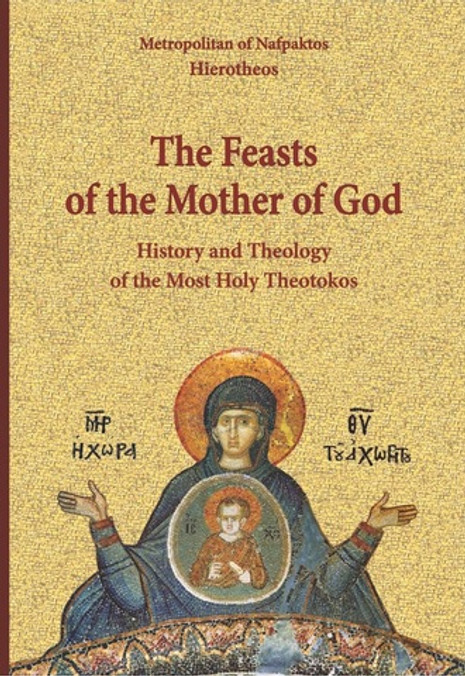The book is divided into two basic sections. In the first are published presentations which were given at a Seminar of the Holy Archdiocese of Athens in the year 1994–1995, and refer to the feasts of the Lord which make up the ‘Twelve Feasts’, as the Church calls them. The second part includes Christological texts which were published in various periodicals and are connected with the Lord’s feasts.
The events relating to the Lord cannot be divided up, nor can they be evaluated. They are experienced in each Divine Liturgy and remind us of the condescension and self-emptying of Christ, Who became for us the Cause of salvation. However, the Church determined that these events should be celebrated separately, thus sanctifying the year and offering us the possibility of enjoying and experiencing the milestones of the divine Economy in our own personal lives.
Each Feast is examined individually, and the reader will observe that the analysis given is comprehensive, thorough, and based on the teaching of the holy Fathers.
Through the analysis of each feast of the Lord it is made clear that we are not dealing with a typical historical event which took place at a certain time, and that a theoretical knowledge of the feasts is not enough. The senses of soul and body must be purified and suitable preparation is required, as the Fathers teach us, in order for a Christian to approach these events correctly and to celebrate them in a godly manner, experiencing all the ages of Christ and sharing personally in each feast of the Lord. Man’s purpose, but also the work of the Church at the deepest level, is that he should come “to a perfect man, to the measure of the stature of the fullness of Christ”, which is the deification of man.
In the second part of the book, which examines Christological issues, we can read the text on “The Exceedingly Wonderful Feast” which refers to the Annunciation of the Mother of God, and the pieces on “The Incarnation of the Word of God, according to St Athanasios the Great”, “The Divine Incarnation as Independent of the Fall”, and “The Tree of Knowledge and the Tree of Life”, which contain a more comprehensive interpretation of the Christological aspects of the feast of the Nativity of Christ. In addition, the analysis in the text “The Lamb of God” looks in detail at the images and scenes from the Revelation of St John the Evangelist where Christ is presented as the “Lamb who was slain”.





